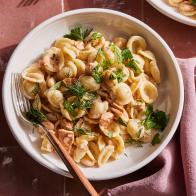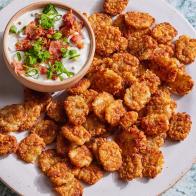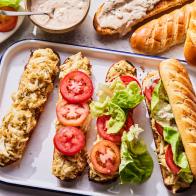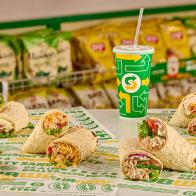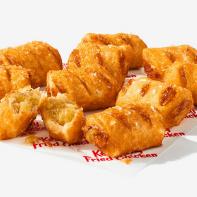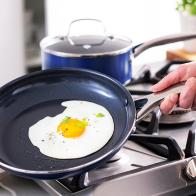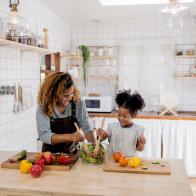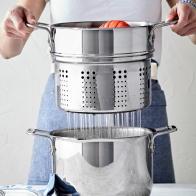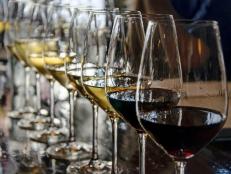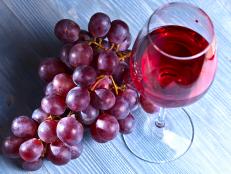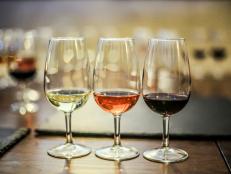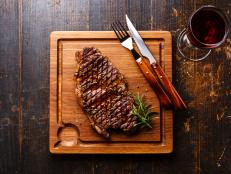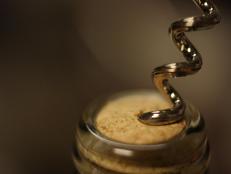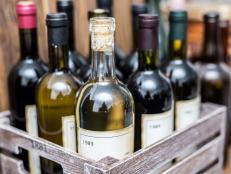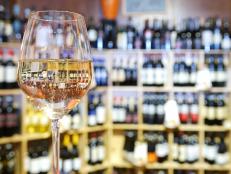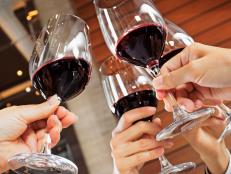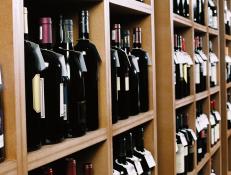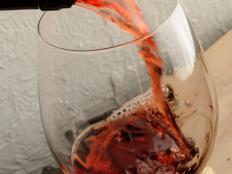1 / 16
Photo: Sarah E Crowder
Wine Tasting, Demystified
Even those of us who really like wine may not feel like we know all that much about it — which kinds we like best, whether we gravitate toward oaky whites or fruity reds, if the sangiovese grape is the one for us. Without pretense, without snobbery, wouldn't it be fun to get a bunch of friends together with a bunch of bottles and get a bit more attuned to what strikes our individual fancies? No rules, no rights or wrongs, just some slightly reflective sipping with some wine-loving pals. Here is how to do just that.

